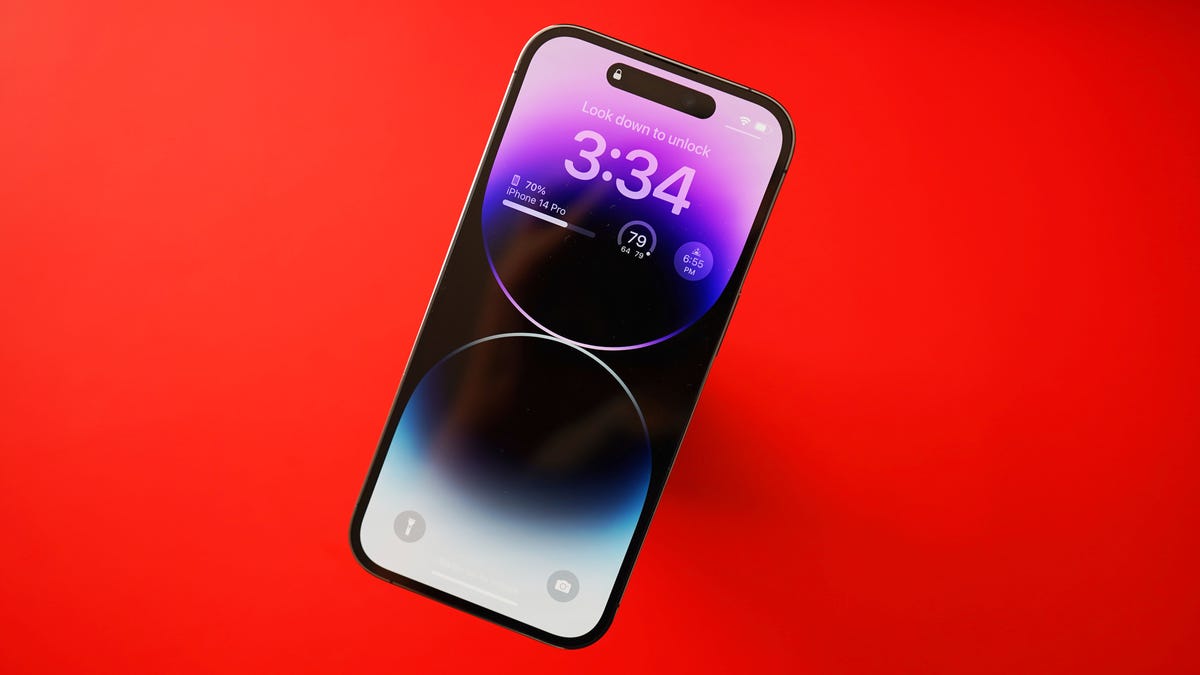- Cómo evitar la fuga de cerebros en TI
- Is ChatGPT Plus still worth $20 when the free version packs so many premium features?
- How this 'FinOps for AI' certification can help you tackle surging AI costs
- ChatGPT can record, transcribe, and analyze your meetings now
- 3 ways to streamline cloud adoption and cloud security
Your iPhone is getting this life-saving messaging feature with iOS 18 (and it's not AI)

Apple is one step closer to making messaging via satellite a reality.
The tech giant confirmed earlier this week that the ability to send messages via satellite is coming to iOS 18. The feature will allow users to send messages, emojis, and rich content like photos and videos, even when they don’t have access to a Wi-Fi or wireless network. Apple said that satellite messaging will also work with Tapbacks and all content shared via satellite will come with end-to-end encryption.
Also: Every iPhone model that can be updated to Apple’s iOS 18 (and which ones can’t)
However, not everyone will be able to take advantage of satellite messaging when iOS 18 launches. In a footnote on its iOS 18 page, Apple confirmed that the feature is only available to iPhone 14 models or later, so those users with older iPhones won’t be able to use satellite messaging at all.
Apple has been offering emergency SOS features via satellite since the iPhone 14 launched in 2022. Users can call and message other users in an emergency situation. Monday’s move means Apple is expanding the ability to message via satellite regardless of whether users are in an emergency situation.
Although wireless signals are ubiquitous, those who like to hike or explore areas outside of more populated locations often find they’re off the grid and unable to contact others. By adding the option to message via satellite, they can stay connected, share their locations with friends, and otherwise have a communication option when away from a wireless signal.
By expanding satellite messaging to all users in iOS 18, Apple’s move also helps it keep pace with Google’s Android, which also offers satellite messaging for emergencies. As of this writing, Android users can’t message anyone via satellite, but in April, eagle-eyed observers discovered that Google likely will allow for satellite messaging with anyone in Android 15.
Also: How to install iOS 18 developer beta (and which models support it)
The major question left unanswered, however, is whether Apple (and perhaps Google) will ultimately charge for the ability to send messages and place calls via satellite.
When Apple unveiled emergency calling via satellite in 2022, the company said it would make it available free of charge for two years, suggesting it would come with a cost structure in 2024. Last year, however, Apple gave iPhone 14 owners an extra year of free emergency calling, ostensibly pushing paid plans back to 2025.
Apple didn’t say on its iOS 18 page if it plans to charge for satellite messaging or if the service will come in some sort of package. But considering the company is ostensibly planning to charge for emergency access to the feature, it stands to reason that Apple would charge for non-emergency use. It’s unknown, however, when (or even if) Apple would announce its pricing plans for satellite use.
Apple’s iOS 18 launches in a public beta next month. It’ll officially launch this fall.

